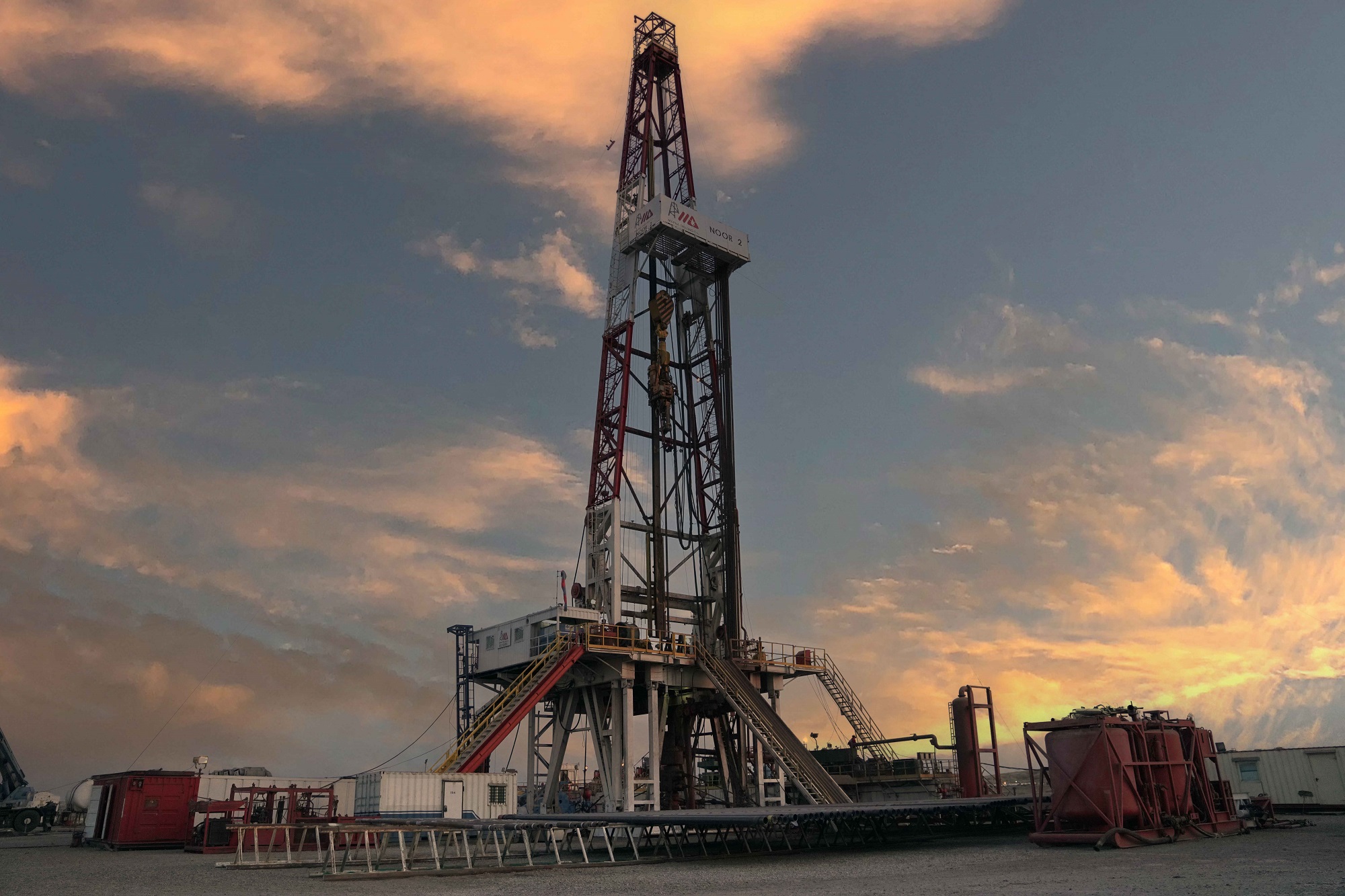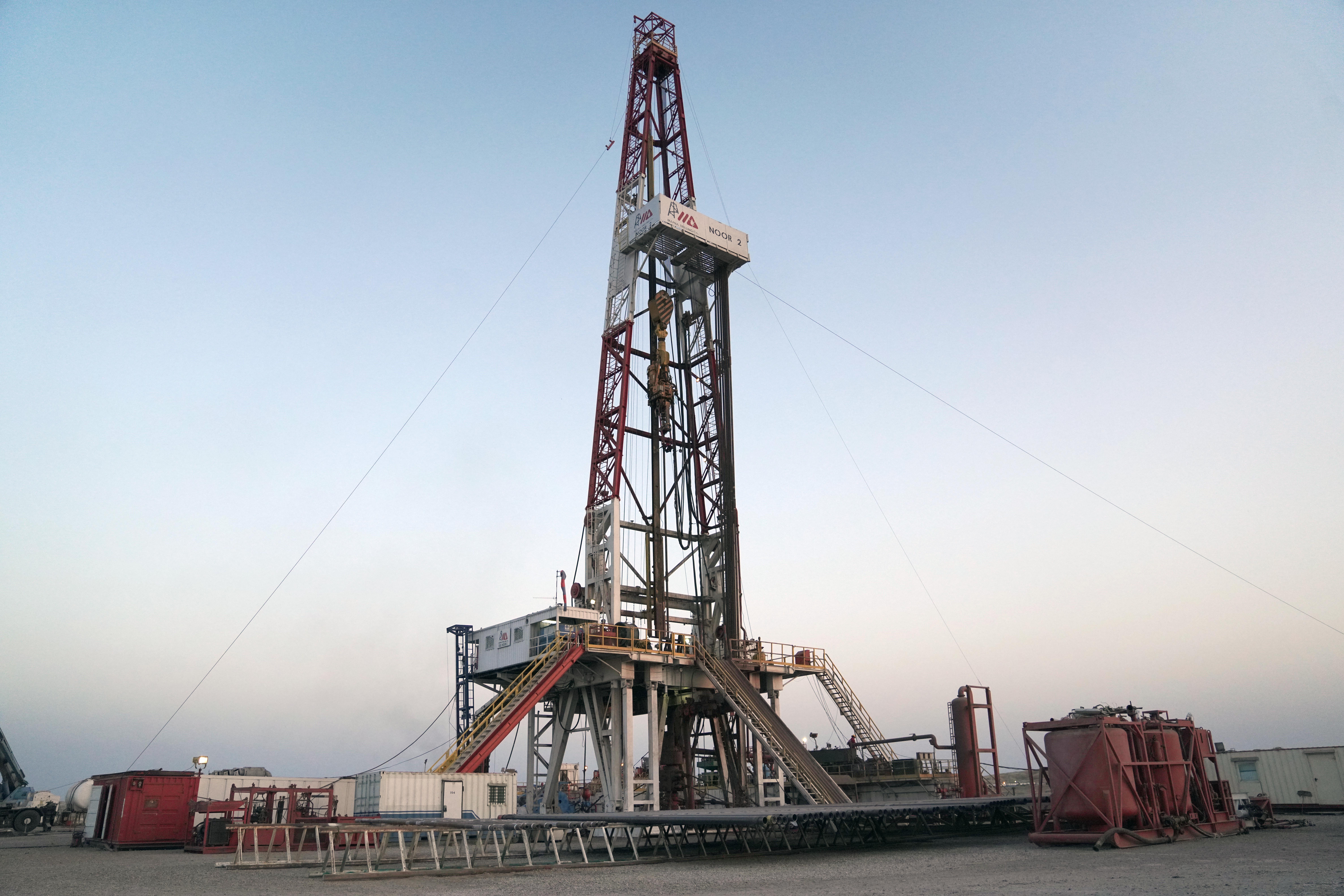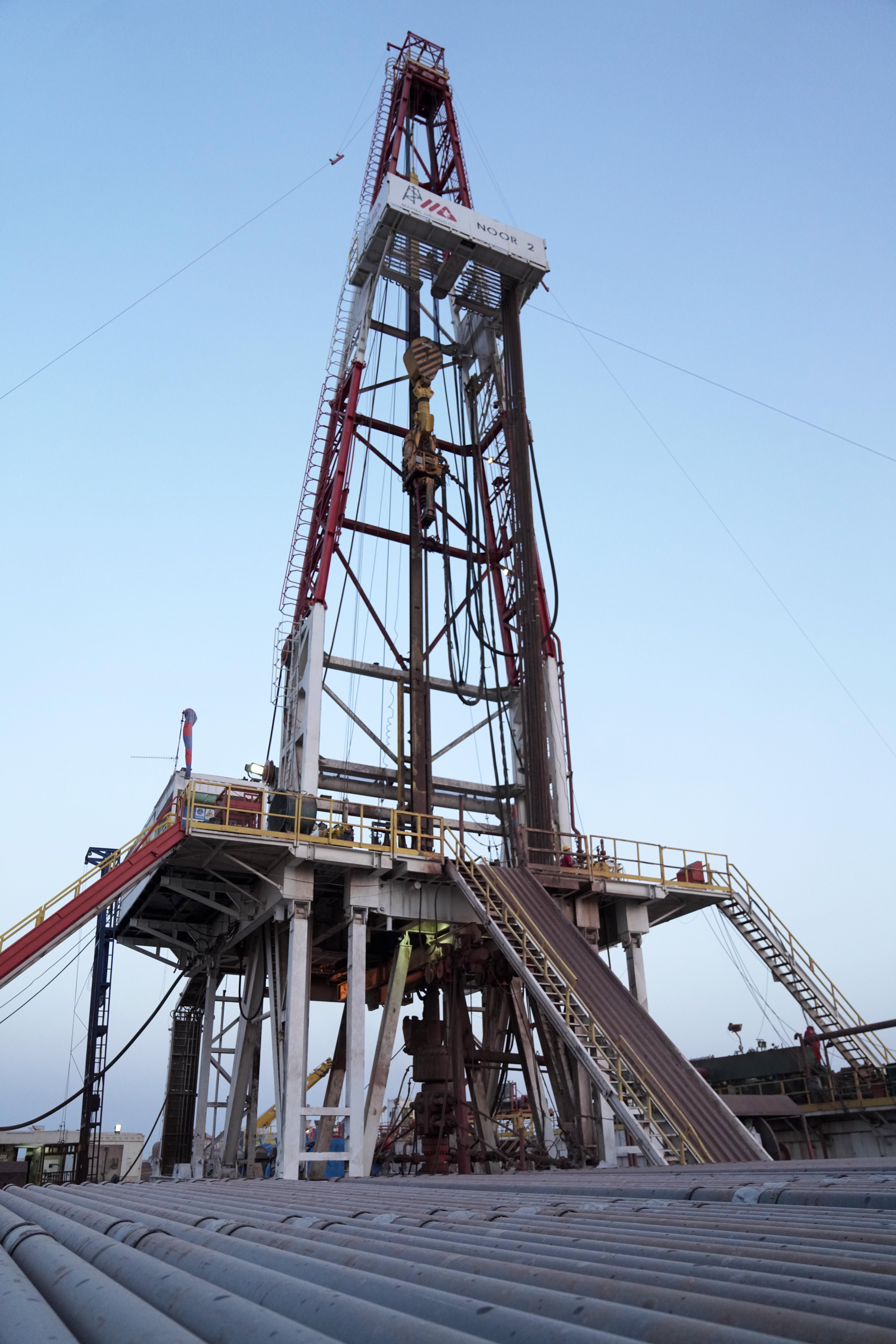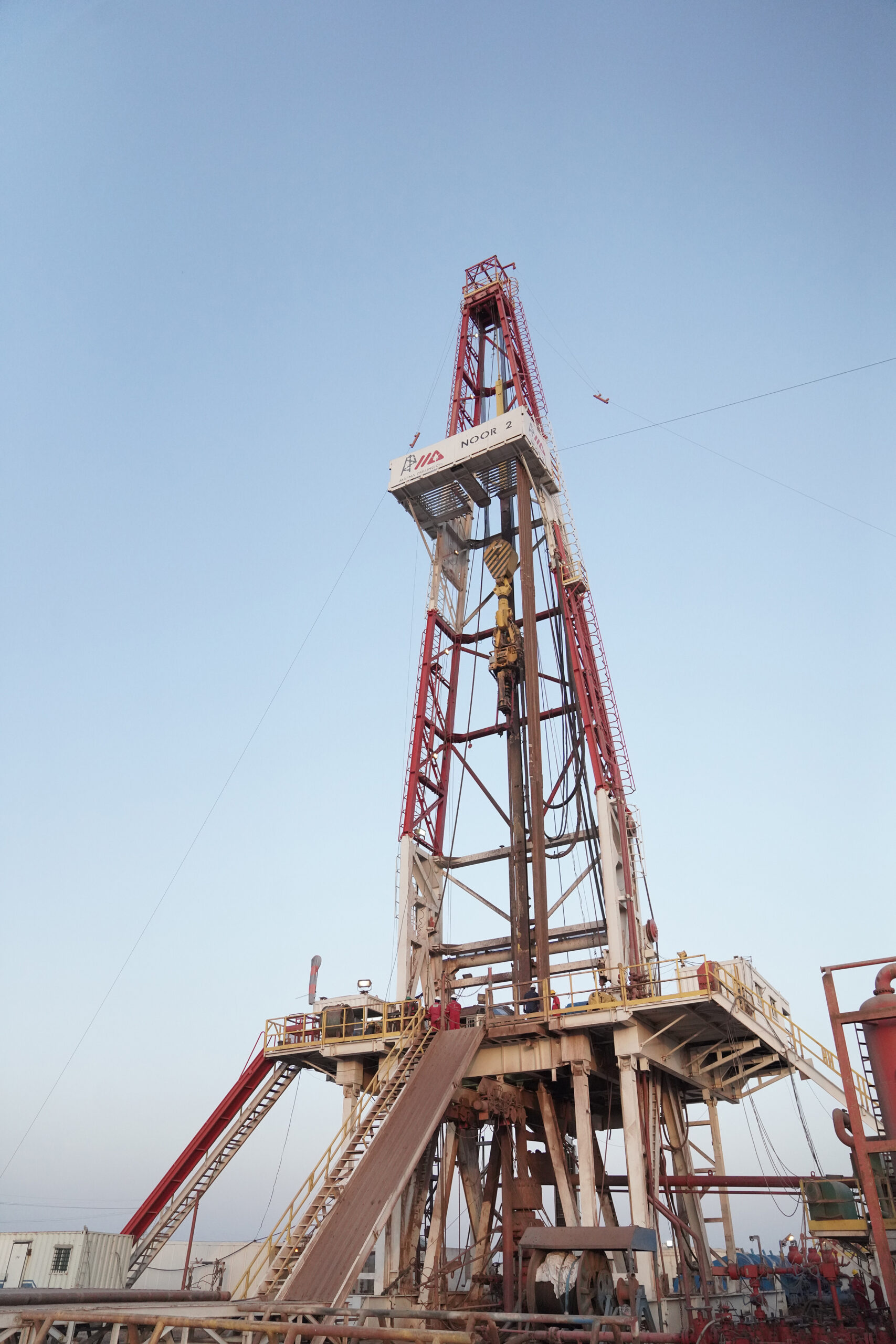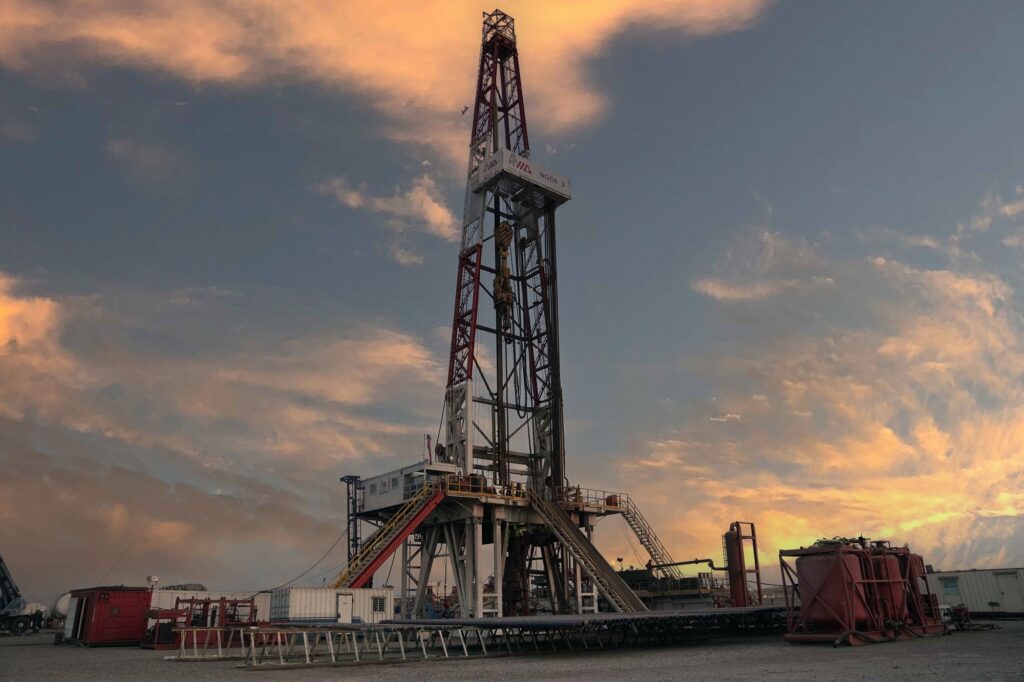
Sarajeh Gas Field
The Sarajeh Gas Field Project in Qom is one of Iran’s strategic undertakings in the domain of natural gas storage and peak-shaving, playing a pivotal role in ensuring stable gas supply during cold seasons. Its execution by MAPNA Drilling Company demonstrates the strong engineering and managerial capabilities of the MAPNA Group in the oil & gas sector.
معرفی جامع پروژه
Sarajeh Gas Field
In this project, advanced drilling technologies are employed along with environmental protection measures, waste management, and targeted prevention of drilling fluid losses. The Sarajeh field, as the first natural gas storage reservoir in Iran, plays a critical role in balancing the national gas network and safeguarding energy security.
Geographical Setting
The Sarajeh Gas Field lies near the desert boundary, 130 km south of Tehran and 40 km southeast of Qom. Its geological structure is an anticline of the Qom Formation, dating to the Oligocene–Miocene epochs.
Extraction Capacity
The project aims for a withdrawal (production) rate of 15 million cubic meters per day during peak consumption periods. The initially estimated in-situ gas volume is approximately 223 billion standard cubic feet (some sources cite 232 Bscf).
Technical Specifications
Under an EPD (Engineering-Procurement-Drilling) contract, one new well is to be drilled, and three existing wells are to be repaired/completed. To date, 16 wells have been drilled, and 8 are in active operation. The directional drilling of Sarajeh-17 reached a depth of 2,670 meters using advanced water-based mud (WBM), followed by casing and cementing operations without fluid losses.
Commissioning & Conversion
Production from the field began on 22 March 1959 (solar year 1338). In 22 September 2011 (solar year 1390), it was converted into a natural gas storage reservoir.
Current Status
The drilling of Sarajeh-17 has been successfully completed, adhering to both technical and environmental standards.
